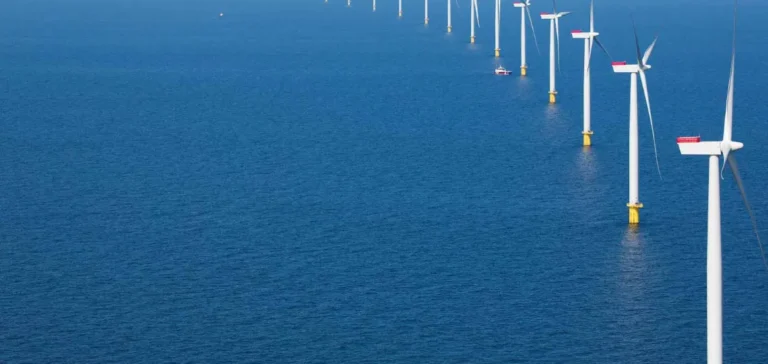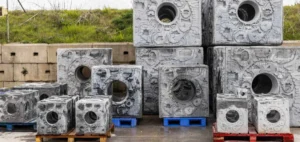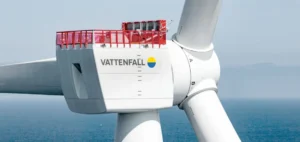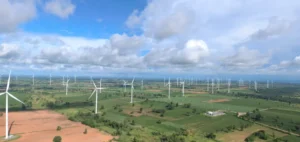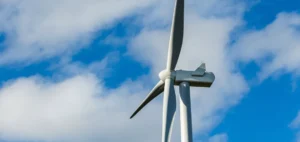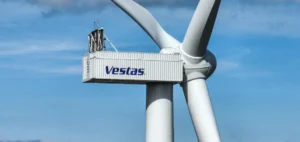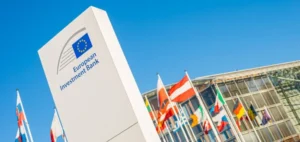Oceanic Wind Energy Inc. (“Oceanic”) and Coast Tsimshian Enterprises Ltd. (“CTE”) announced the joint acquisition of an Investigative Use Permit (IUP) for developing an offshore wind farm in the Hecate Strait, British Columbia. This initial project foresees installed capacity between 600 and 700 megawatts (MW), marking a critical milestone towards Canada’s first large-scale offshore wind farm. Vancouver-based Oceanic Wind Energy is collaborating on this project with CTE, an enterprise equally owned by the Metlakatla and Lax Kw’alaams First Nations. According to Mike O’Connor, President of Oceanic, “this agreement significantly brings Oceanic and CTE closer to the realization of Canada’s first offshore wind project.”
Ideal conditions for offshore wind
Located west of Stephens Island in northwest British Columbia, the Hecate Strait hosts one of the world’s most substantial wind resources, classified as Category 7. With consistently strong wind conditions, annual average wind speeds exceeding 10 m/s, and a winter capacity factor above 65%, this area holds exceptional potential for large-scale renewable energy production. Specific site features, such as low turbulence and minimal wind shear, make the strait especially suited to a nationally significant offshore energy project.
Support for regional growth
The strategic location of Oceanic’s wind farm would enable it to meet the region’s growing energy needs. In particular, the project could support electricity demands at the Port of Prince Rupert, as well as expanding industrial and natural resource sectors throughout northwest British Columbia. “We look forward to working closely with Oceanic to develop this transformative project,” said Ryan Leighton, Director at Coast Tsimshian Enterprises Ltd. He added that “this initial phase will help power regional growth while creating sustainable economic and environmental benefits.”
Alignment with national climate goals
Beyond regional economic benefits, the offshore wind farm is expected to significantly contribute to Canada’s national greenhouse gas (GHG) emission reduction targets. The planned renewable energy production would also reinforce British Columbia’s position in cost-effective and green electricity generation. Ultimately, this initiative could serve as a model for similar projects nationwide, thus encouraging the expansion of offshore wind capacities across Canada.


